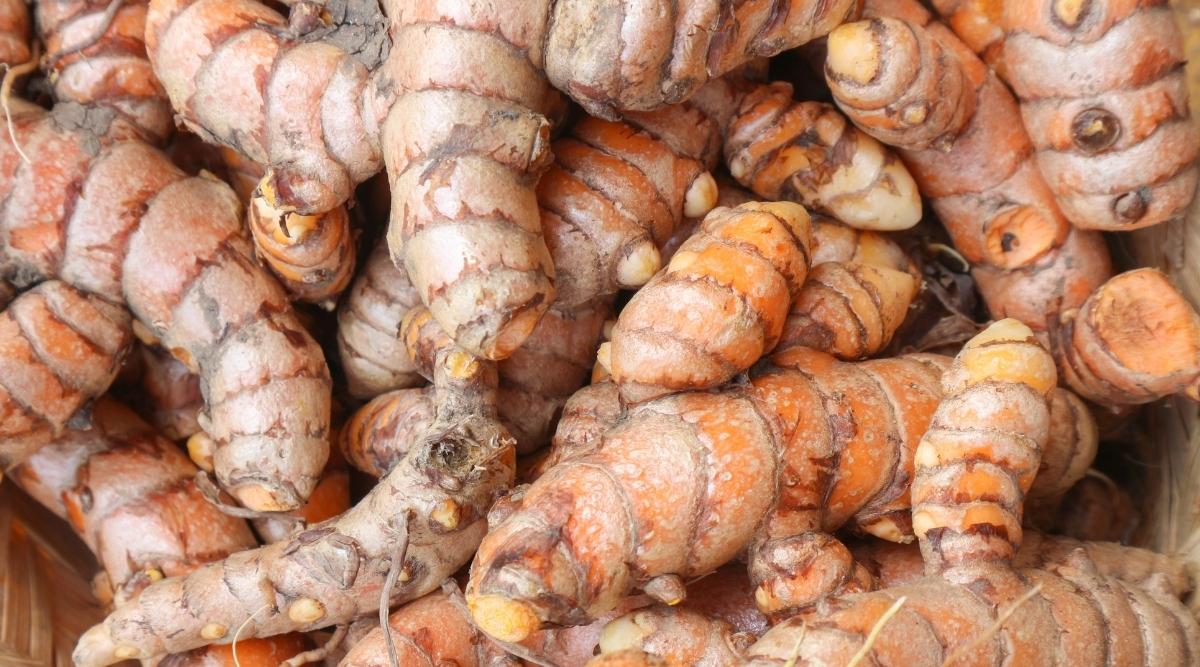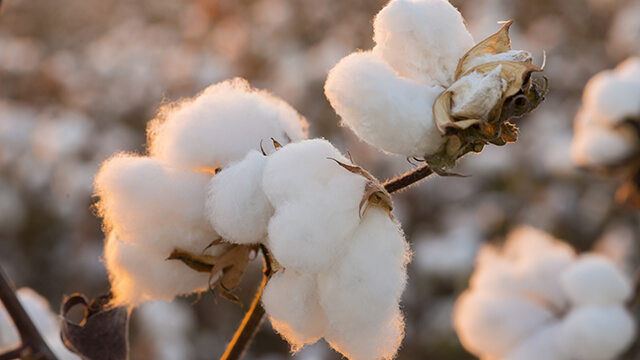This season (October 2022–September 2023) will likely see cotton exports reach a 19-year low due to weak demand from importing nations as a result of the slowing economies in the U.S. and Europe. The U.S. Department of Agriculture (USDA) projects that Indian cotton exports will fall by 500,000 bales this month to 1.8 million (U.S. bales of 227.72 kg or 23.05 lakh Indian bales of 170 kg), which is about similar to its import prediction. “Since the start of the season in October, only 9.5 lakh bales (170 kg) have been exported to date. Anand Popat, a trader in cotton, yarn, and cotton waste located in Rajkot, predicted that exports will not exceed 20 lakh bales.
If Popat’s predictions come to pass, cotton shipments will reach their lowest levels since India started growing genetically modified cotton. The last time imports topped exports was almost 20 years ago, according to the USDA’s statistics, and exports have generally outperformed imports by a wide margin. According to data, the country exported 10 lakh bales of cotton in the 2004–2005 season before shipments soared to more than 100 lakh bales in the early 2010s. A group of dealers called the Cotton Association of India estimates that 30 lakh bales were exported this season compared to 43 lakh bales the previous year.
“Cotton shipments this year have been quite low. Only Bangladesh appears to be making a significant purchase. Other imports have not expressed interest, according to Ramanuj Das Boob, a sourcing agency for international corporations in Raichur, Karnataka. The market for Indian cotton abroad may not increase till the second half of the current fiscal year, according to Prabhu Dhamodharan, convenor of the Indian Texpreneurs Federation. “Cotton export demand will be subdued this year.
The International Cotton Advisory Council (ICAC) said that cotton deliveries in India had been delayed, causing it to twice downgrade its production forecasts. The current estimate for Indian cotton production is 305.88 lakh bales. The ICAC reported that “the arrival numbers have been unusually low, possibly because farmers who just recently took advantage of nearly record-high prices are holding onto their cotton in the hope that prices, which have recently dropped, start to trend upward again.” Farmers have been progressively selling their products this season in anticipation of higher prices. Their hopes were based on the record prices of 12,000 rupees per quintal they obtained for kapas (unprocessed cotton) the previous season.

